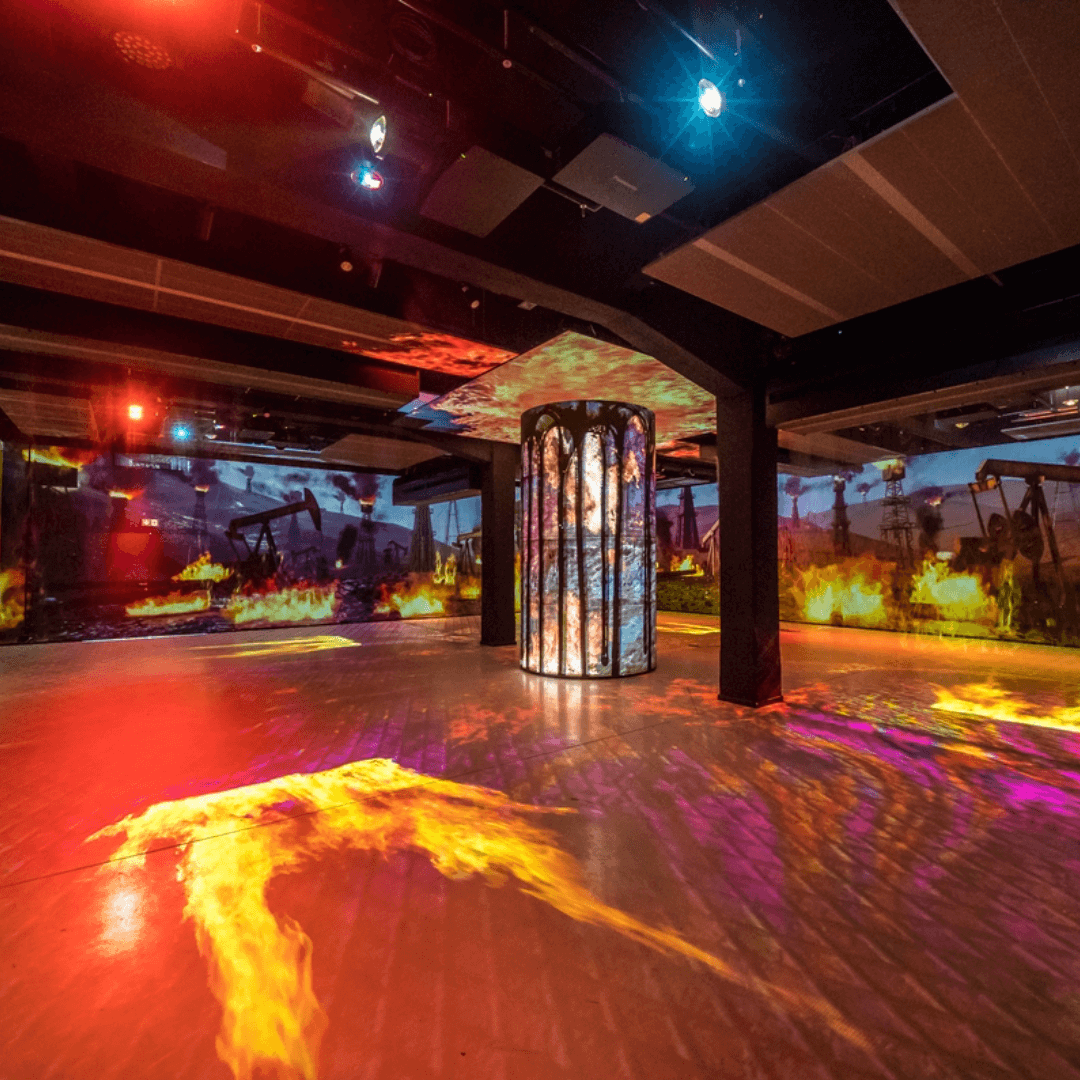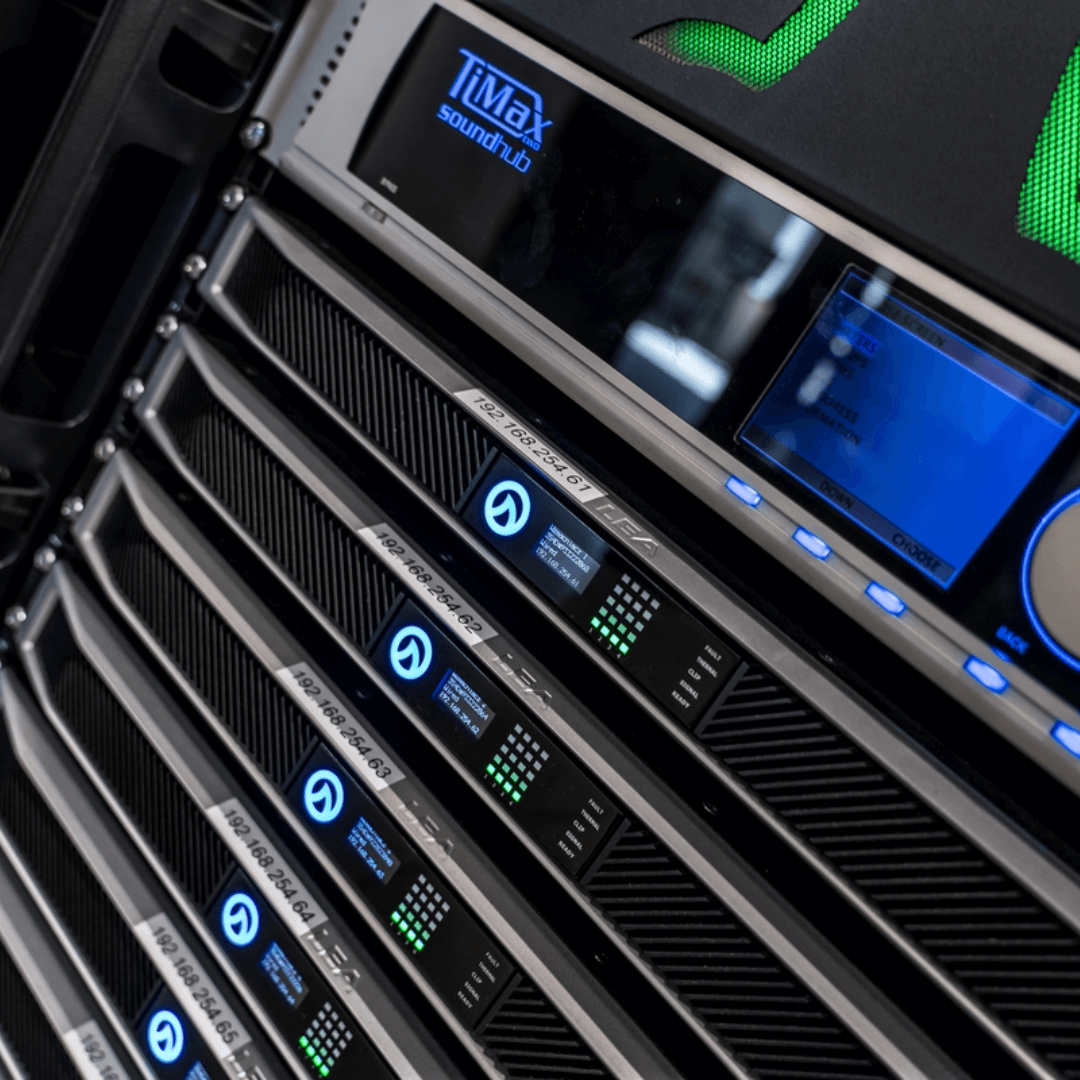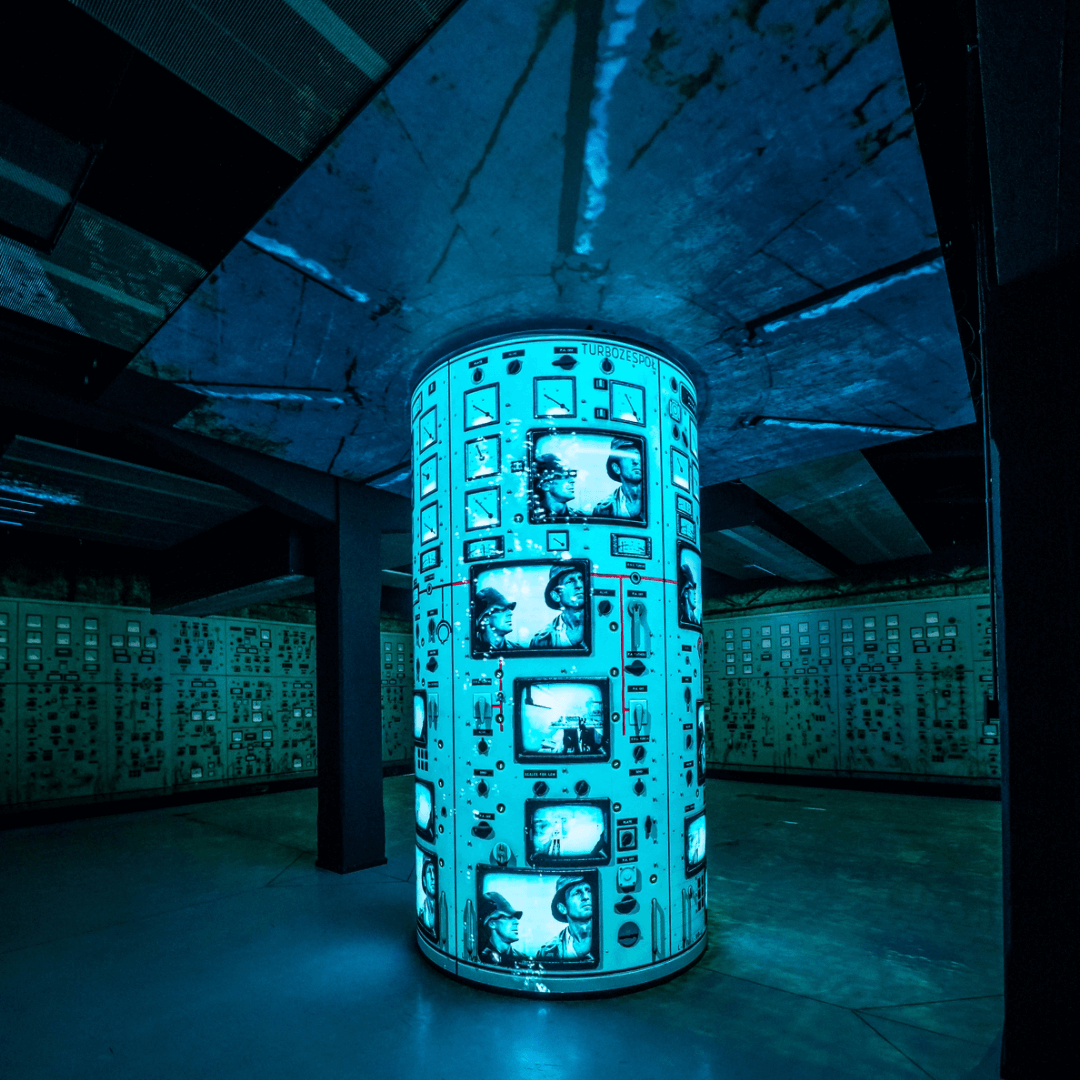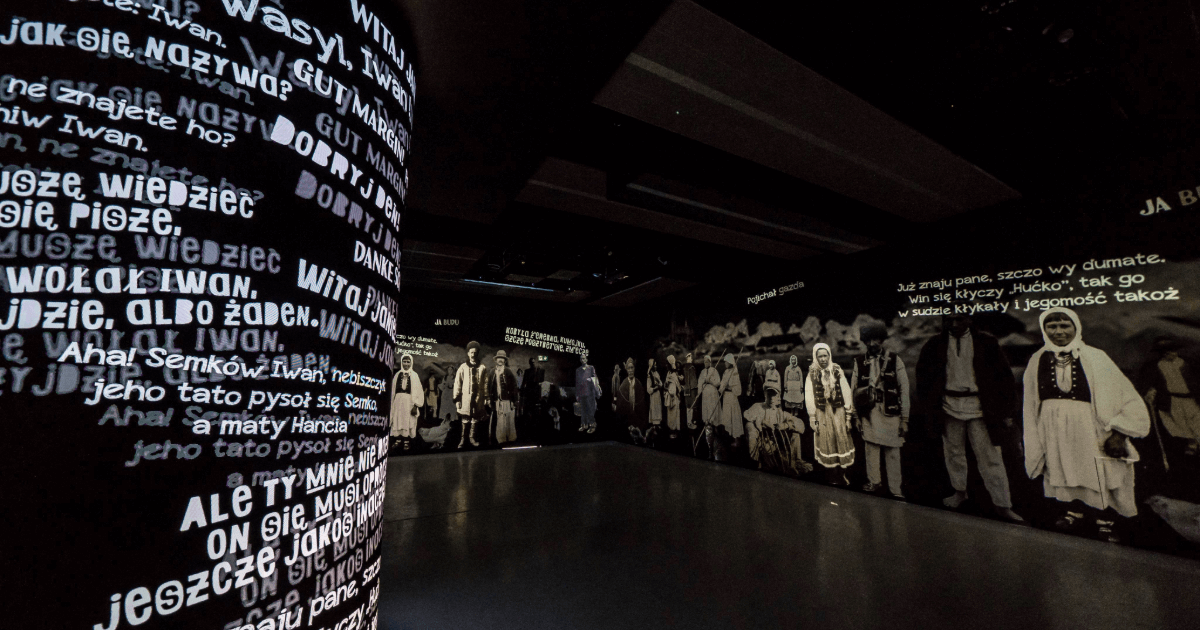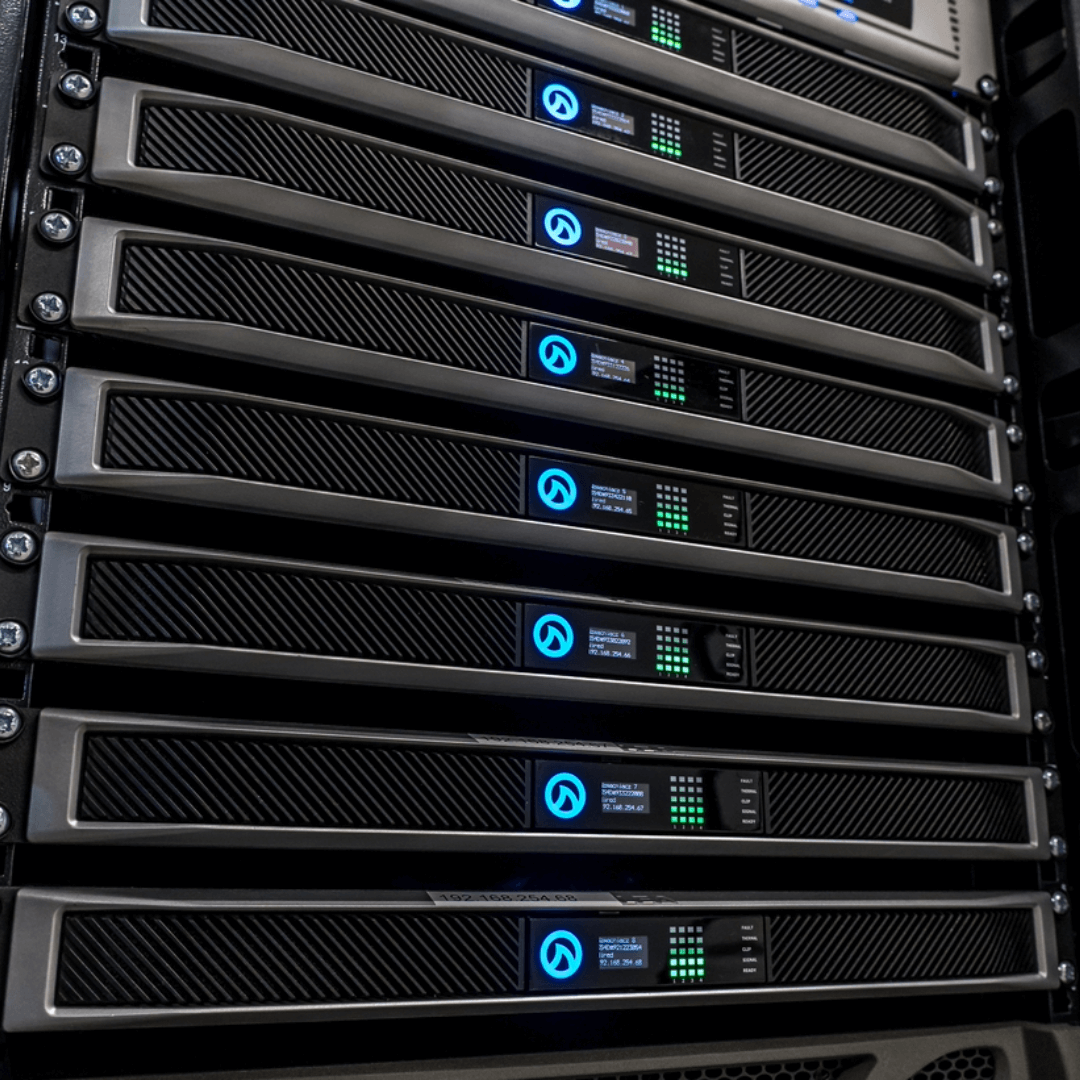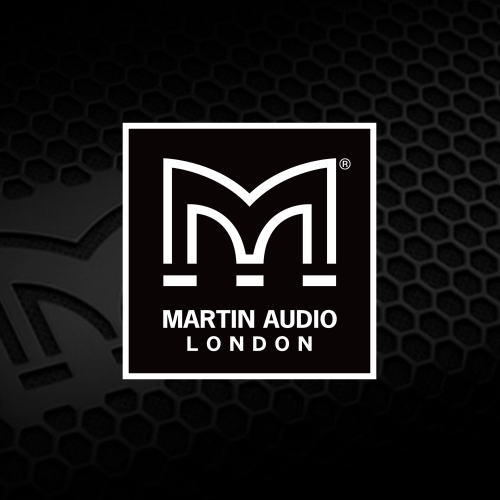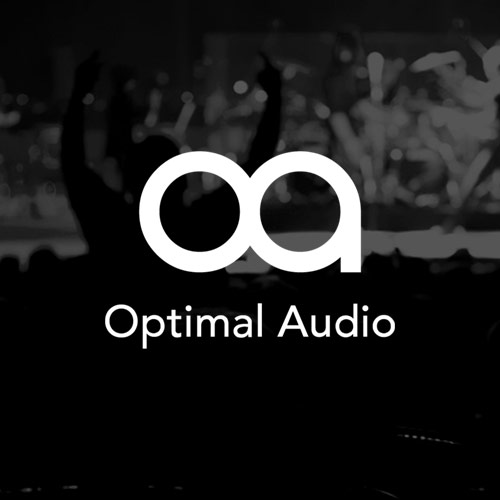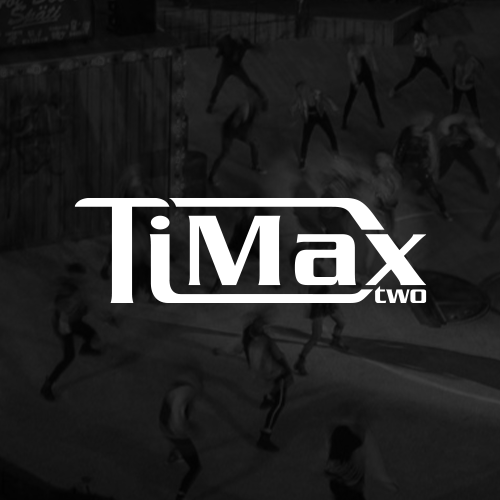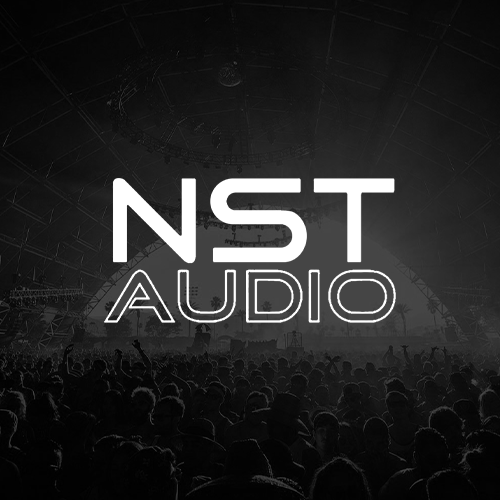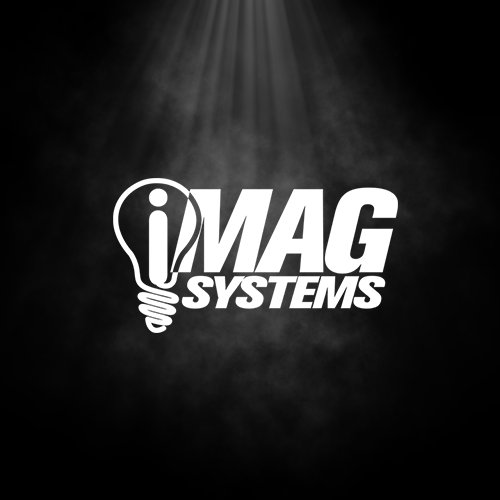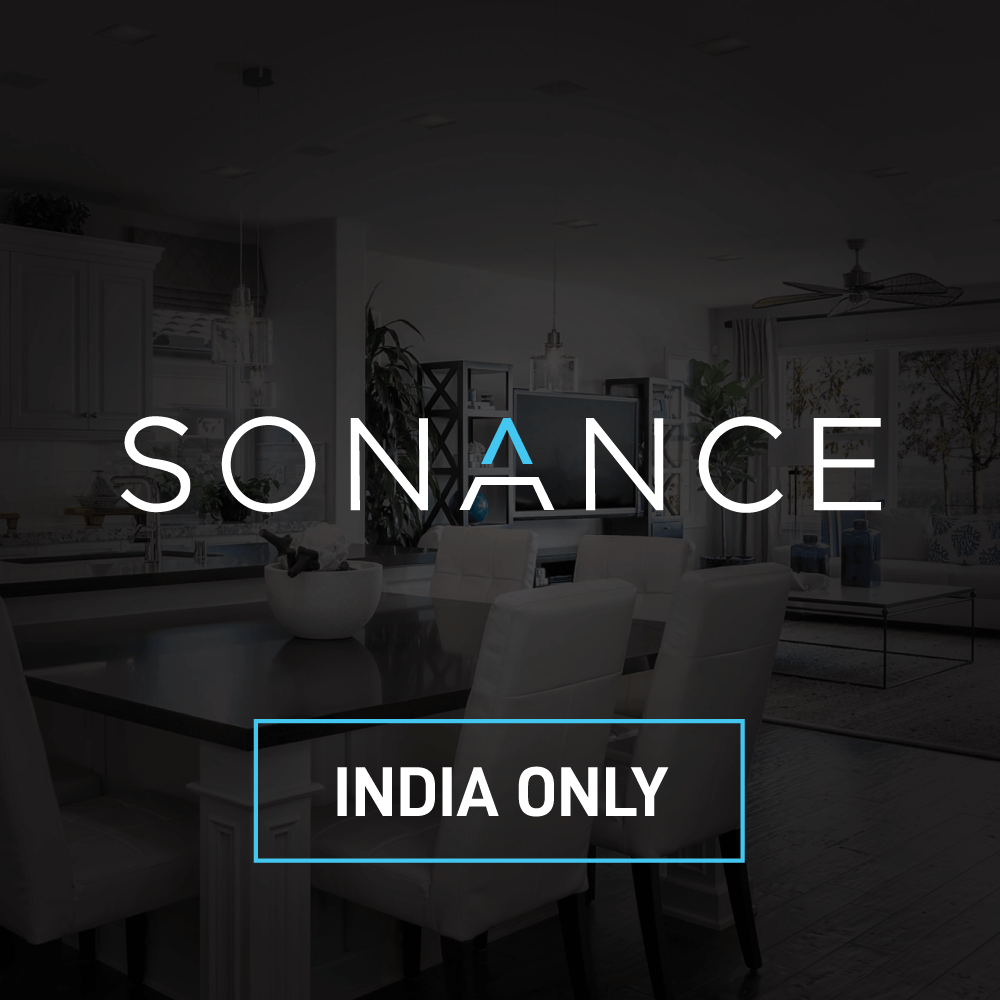US: Built in 1917, and situated in the village of Hamilton, New York, Colgate Memorial Chapel provides the centrepiece of Colgate University’s campus activity.
Since it is a multi-use facility—incorporating a range of on-campus activity from University interfaith church services to lectures, presentations and orchestral concerts—it was vital that the public address system was sufficiently flexible to reproduce spoken word and full dynamic range alike, with absolute clarity.
The Chapel’s long-term AV contractor is Syracuse-based TSH AV, who specialise in the House of Worship sector. They recently met the University’s requirement for a loudspeaker upgrade by specifying Martin Audio’s award-winning O-Line micro line array, with scalable resolution. This was designed not only to optimise the sound in the challenging space, but with its compact footprint also sit discreetly within the Chapel’s beautiful aesthetic, set behind the building’s equally stunning façade, with its gabled pediment.
According to TSH owner Timothy Harris, the Chapel had previously made do with a mishmash of ceiling speakers. “They were all over the place, it just wasn’t a properly designed system at all,” he observed.
Harris had originally proposed a new sound system back in 2017 but it was only last year that the facility had the budget to proceed. “With O-Line in use across churches in the UK and Europe, I proposed this solution from the very beginning. This speaker is meant for sanctuaries like this.”
The challenge was to provide even coverage for a 750-seat sanctuary without a centre aisle—accommodating 450 on the lower floor, 200 in the balconies and 100 on the stage.
Harris had dispensed with the idea of flying the new PA from the cupola-shaped roof, instead opting to discreetly wall mount two O-Line columns of 12 elements either side of the altar. A pair of Martin Audio SXP118 subwoofers are available as necessary. “They can be wheeled in with the option of either being placed one on each side, or in an end-fire configuration in the centre.”These are powered in 2-box resolution by three VIA 2004 amplifiers, with all processing in the dedicated DX4.0 digital system processor … “so it’s an end-to-end Martin Audio solution,” exclaims the installer.
Despite its vaulted dome, the Chapel is sonically fairly forgiving and thus required minimal processing. “Back in the 80s they installed an acoustical ceiling, since the ceiling runs straight across, but rising to the dome in the centre. The acoustic panels didn’t provide a perfect solution, but it certainly helped.” Under each hang is a large LED wall, also installed earlier by TSH AV, while a pipe organ provides an imposing backdrop.
The integration company originally set up in 2013, and within a year Harris and his technical team were attending MLA training in Las Vegas. Since then they have carried out installations across Martin Audio’s PA portfolio, ranging from Wavefront Precision to the hugely popular CDD coaxial differential dispersion series as well as other O-Line installations.
Final tuning of theColgatesystem itself was entrusted to consultant Michael Lawrence from Precision Audio Services “for verification that the system was tuned correctly” with TSH Audio then responsible for final commissioning.
Confirmed Lawrence, “It was a surprisinglywell-behaved room given the size and the surface materials. I worked with Tim on a final design iteration, making a few tweaks to the splay angles before the system was installed, so once I got on site for the alignment the coverage was already behaving as intended. The commissioning session was mostly spent getting the system voiced appropriately for the space. We did another round of listening with a representative from the college and made sure everyone was happy.”
Reflecting on the work, Timothy Harris can point to a solution that thoroughly meets the brief for a sonically superior, minimally invasive sound system. “Thanks to O-Line we have been able to get the audio where it needed to be instead of it going all over the place as it would have done with a traditional line source speaker array.”
Mark Hine,Director of Classrooms, Digital Media and Events atColgateUniversity, agreed—adding: “TSH has been a trusted partner on numerous projects, ourColgateMemorial Chapel project being no exception. This project began well before the pandemic and TSH shepherded us through supply chain challenges all the way to system calibration.
“For the most part, the change has gone (visually) unnoticed—which is a good thing. We have also managed to negate the constant worry of feedback from the mics.”
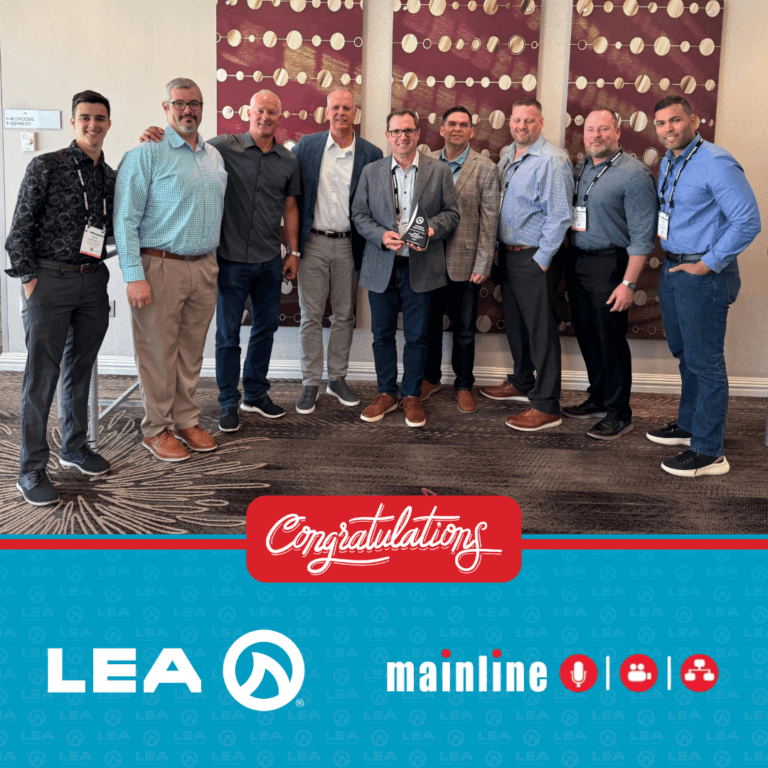

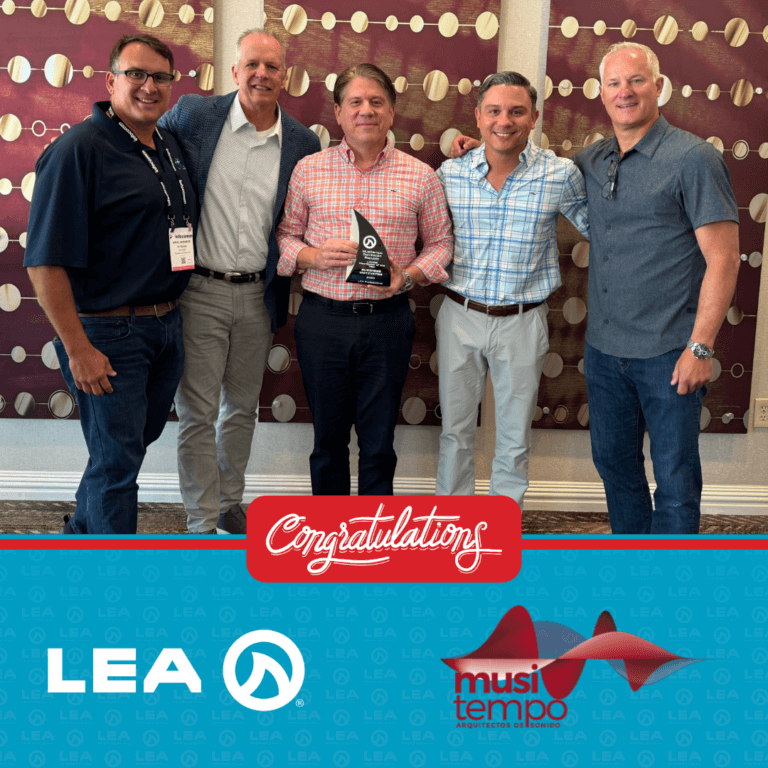
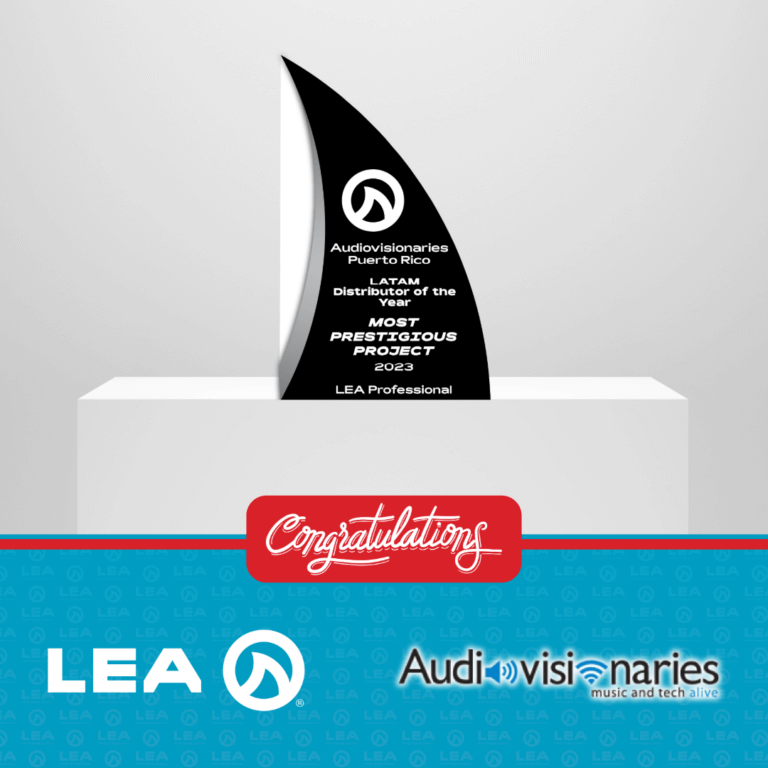




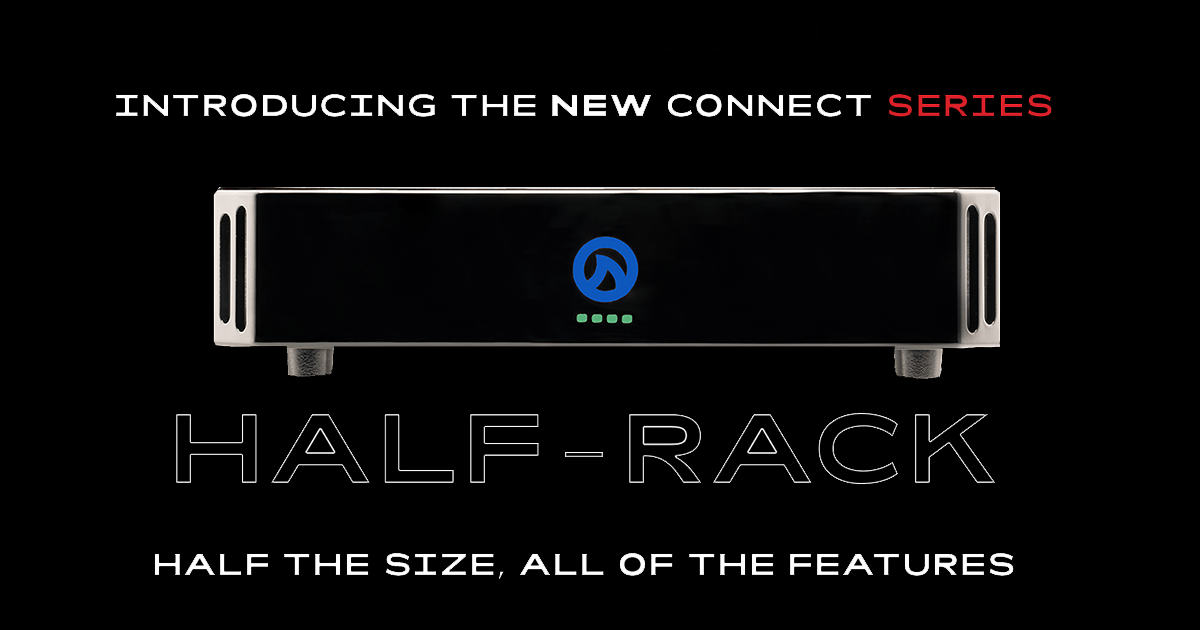


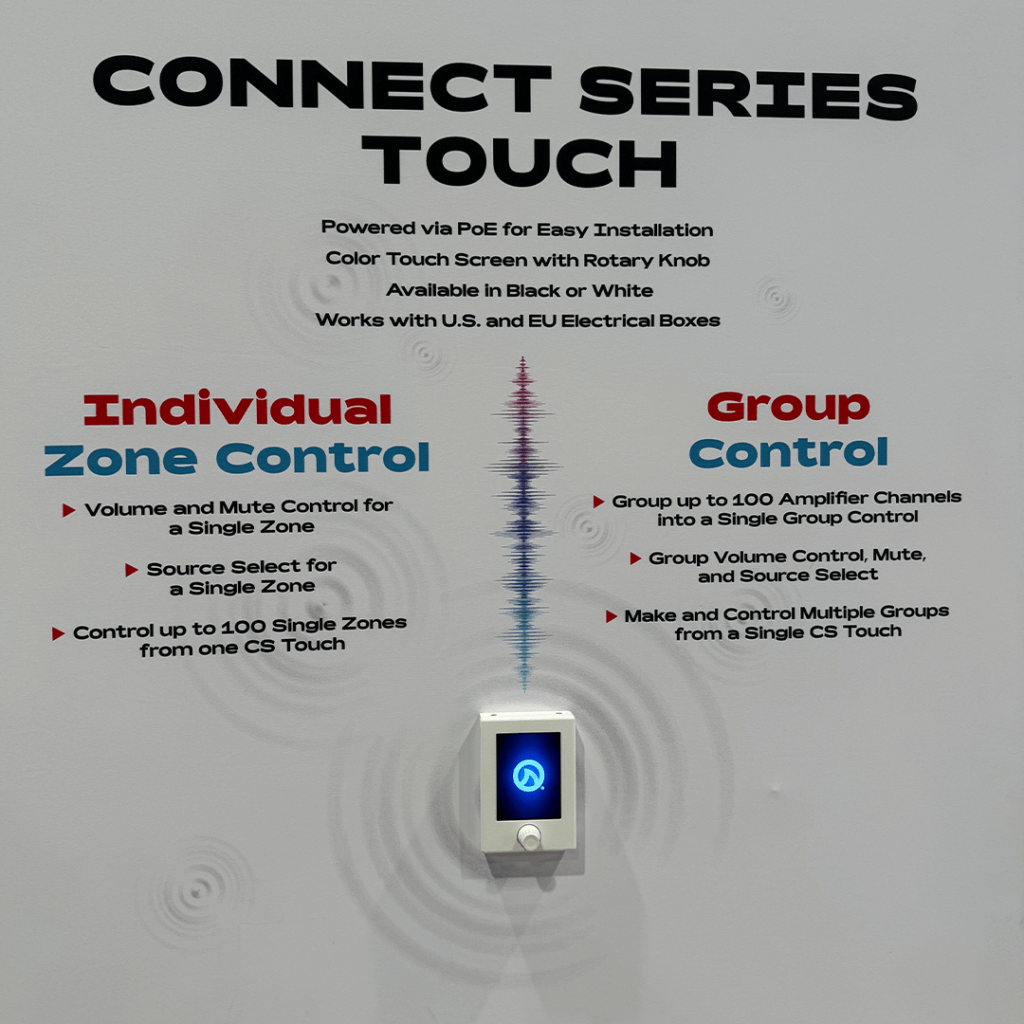

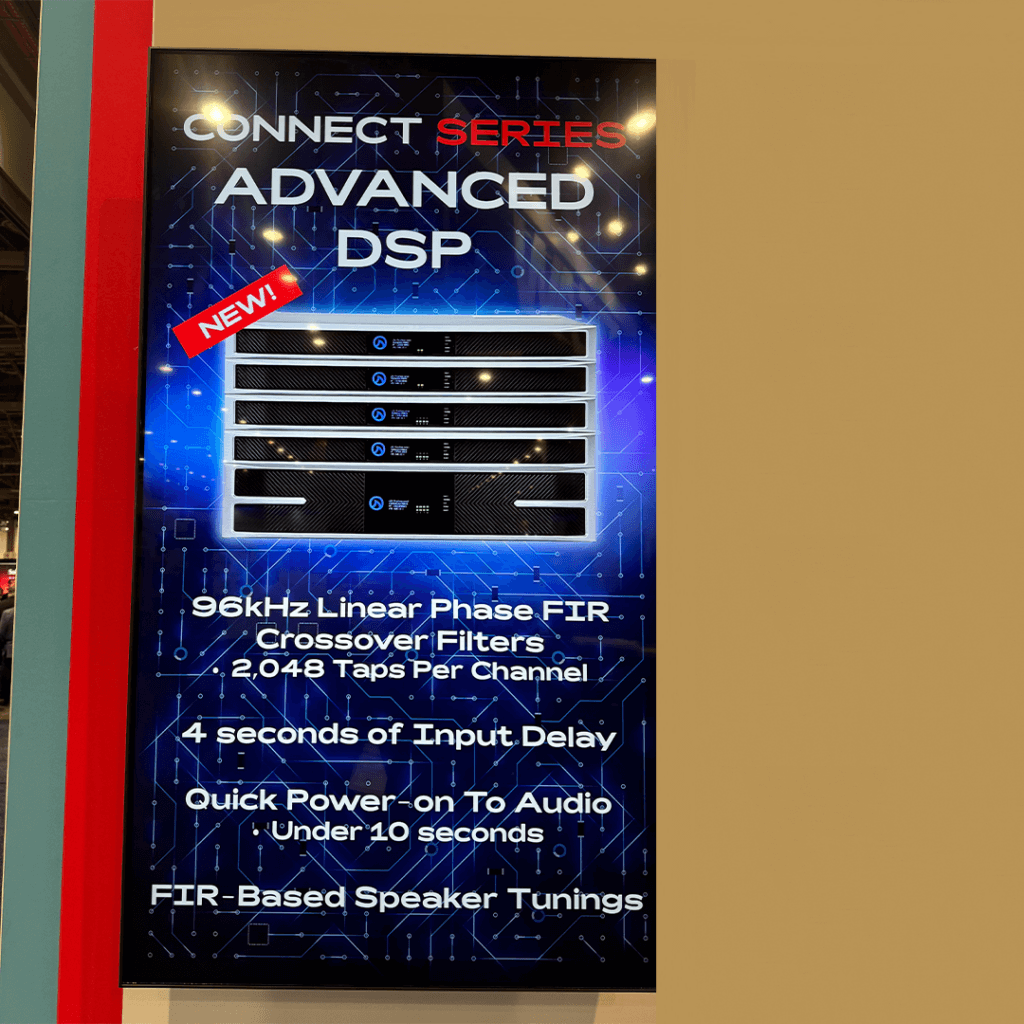
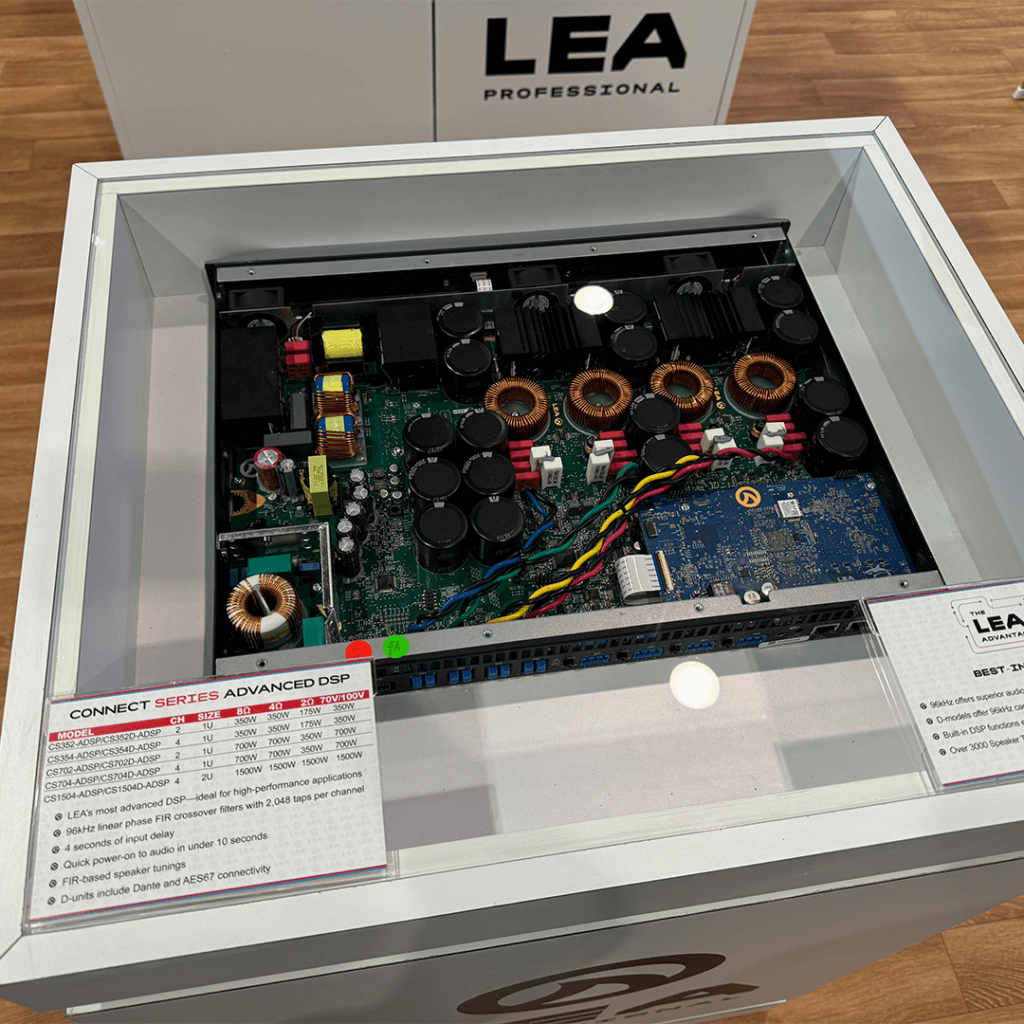


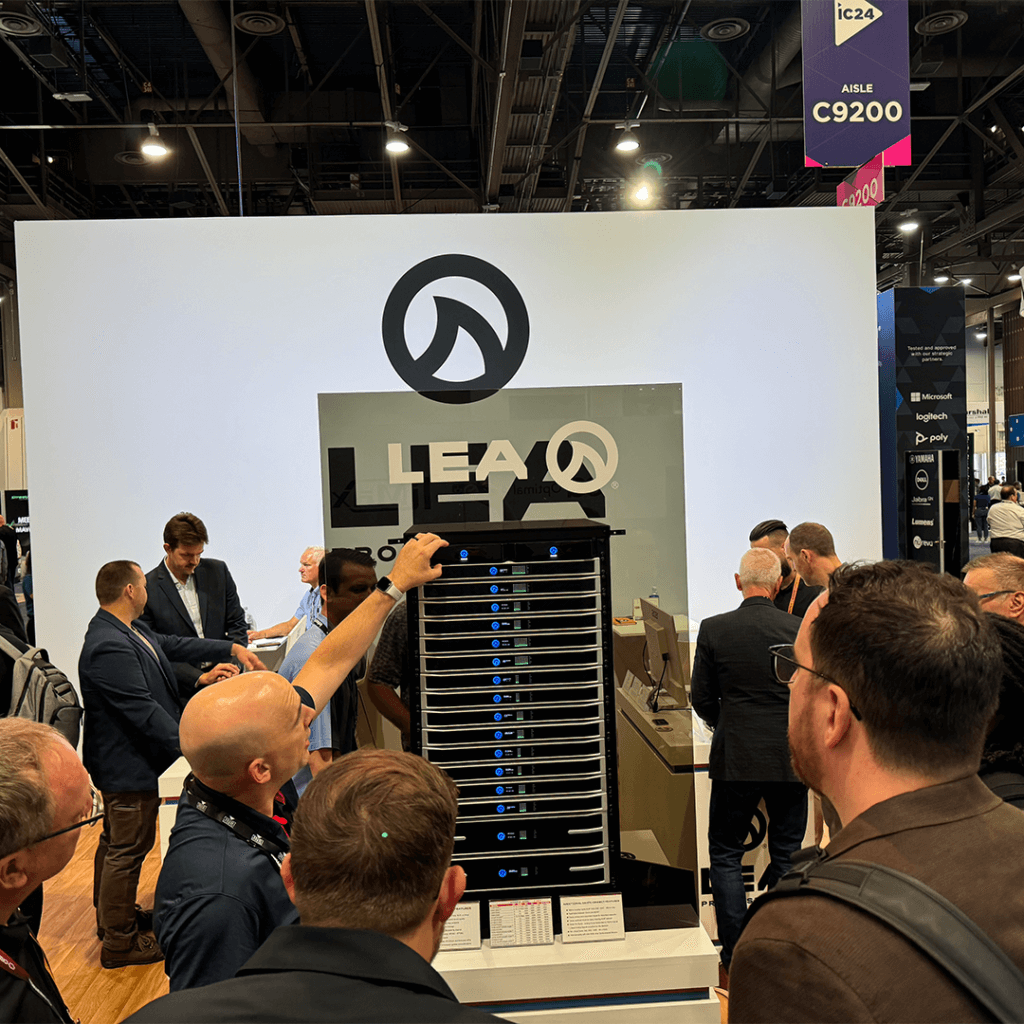
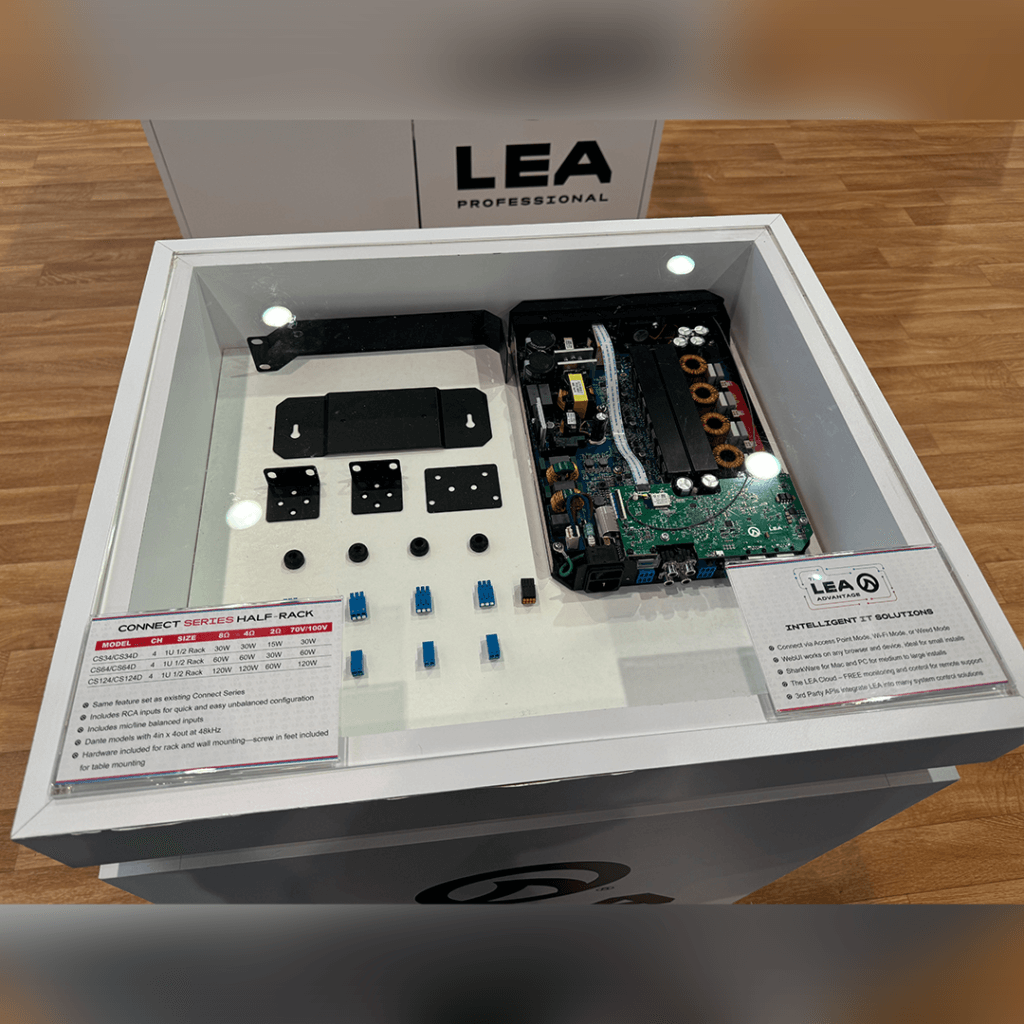
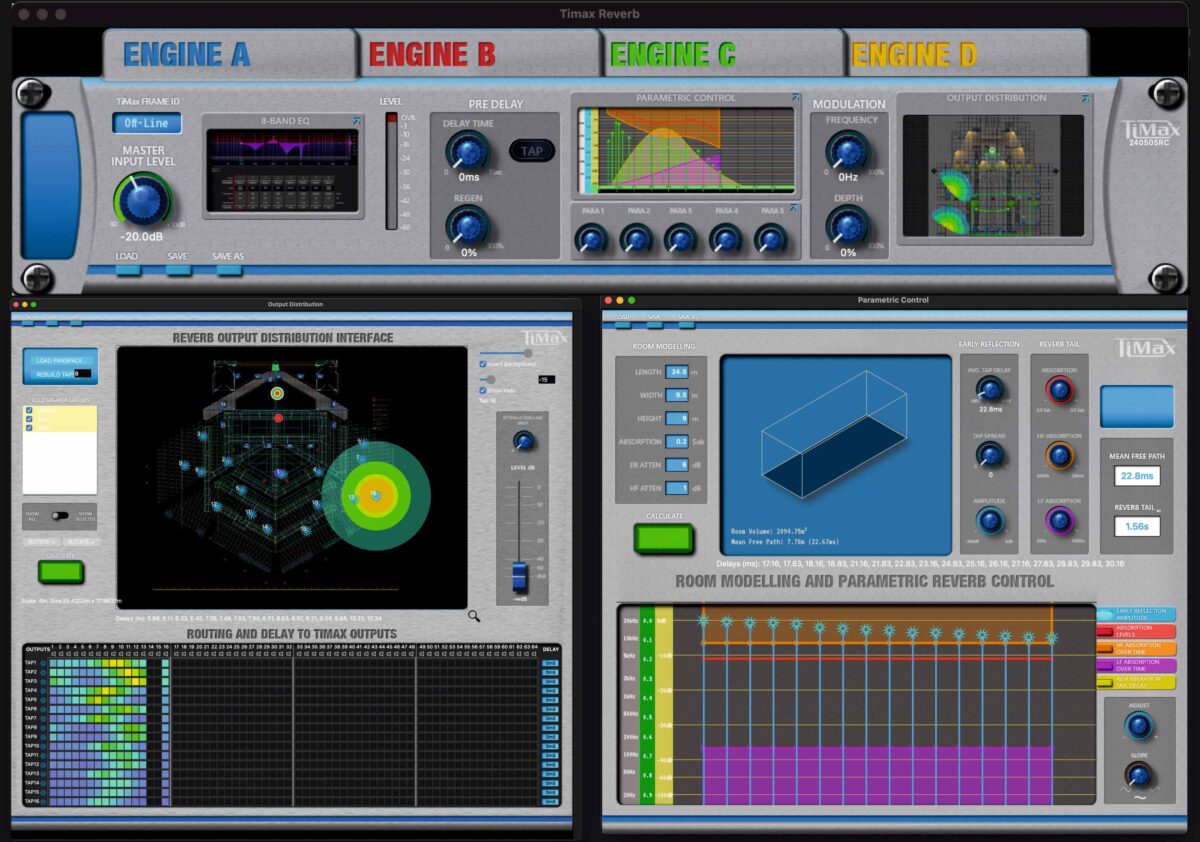
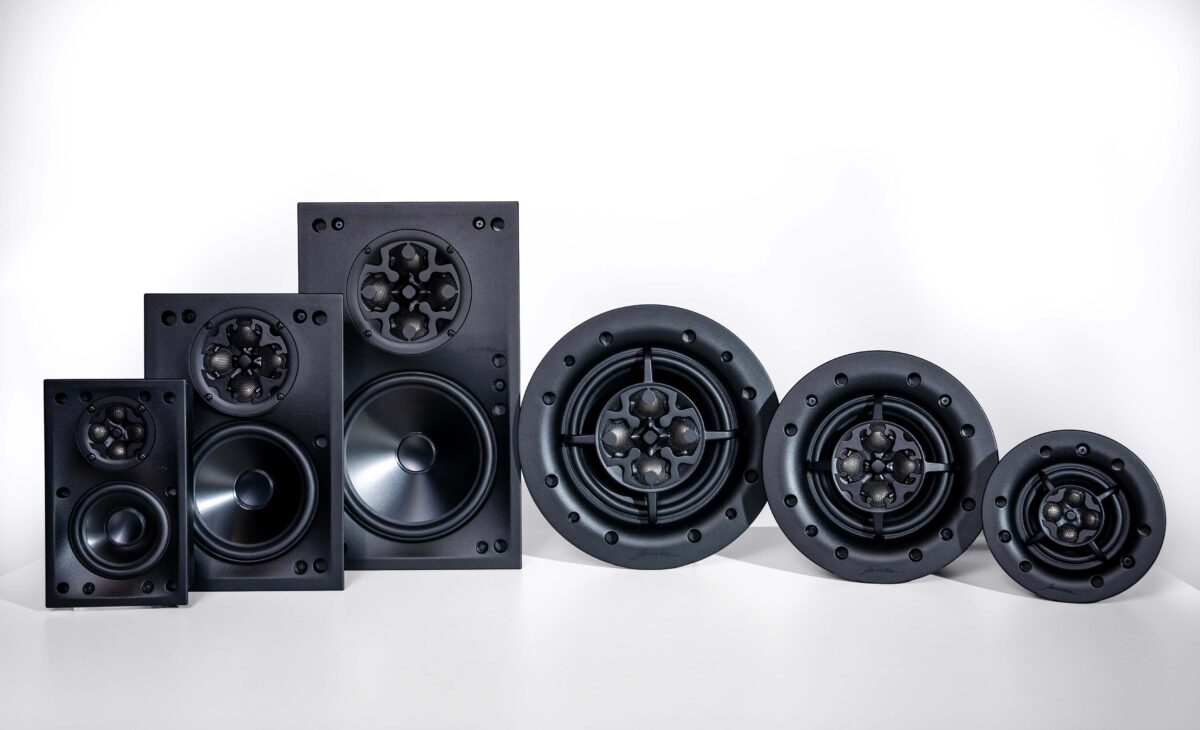


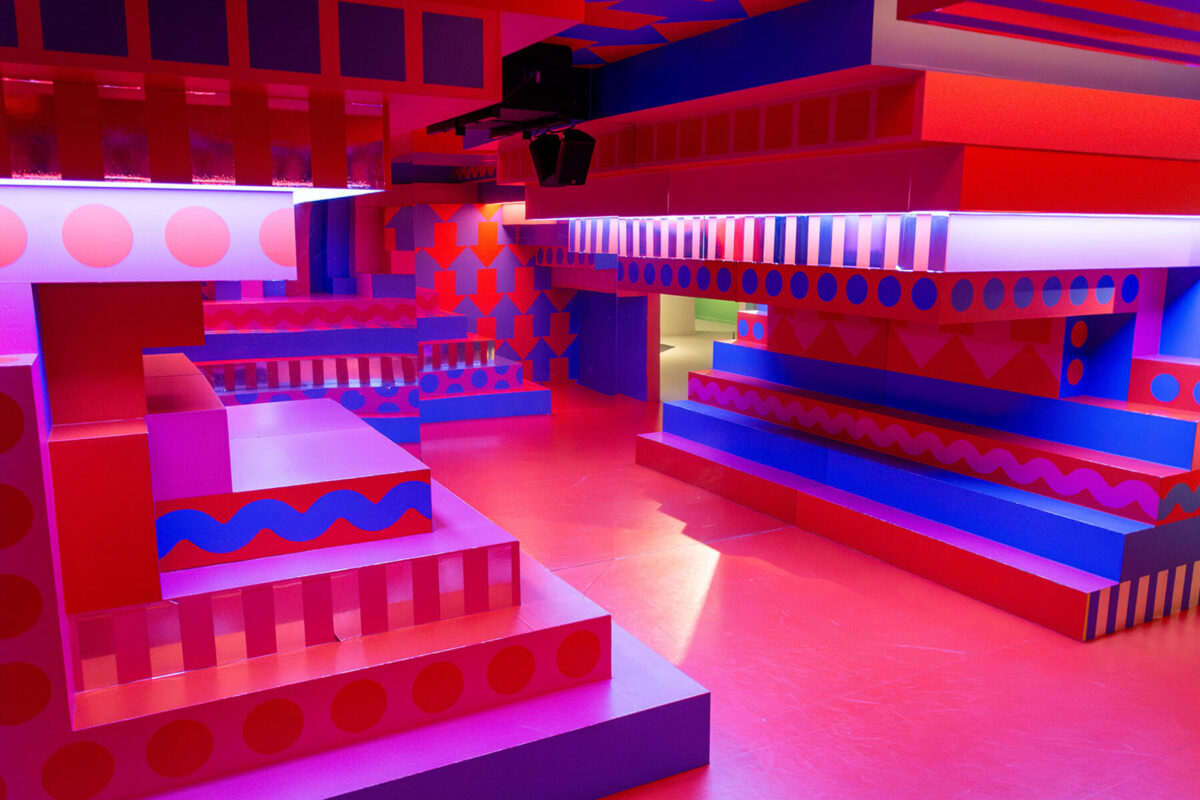
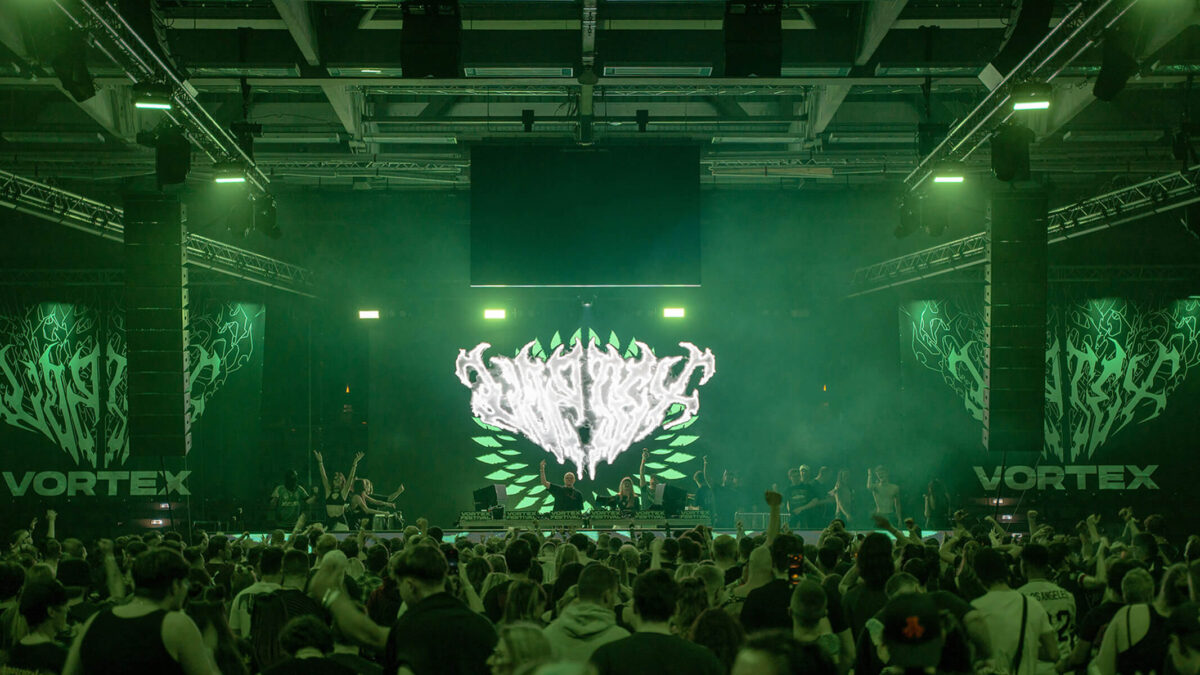
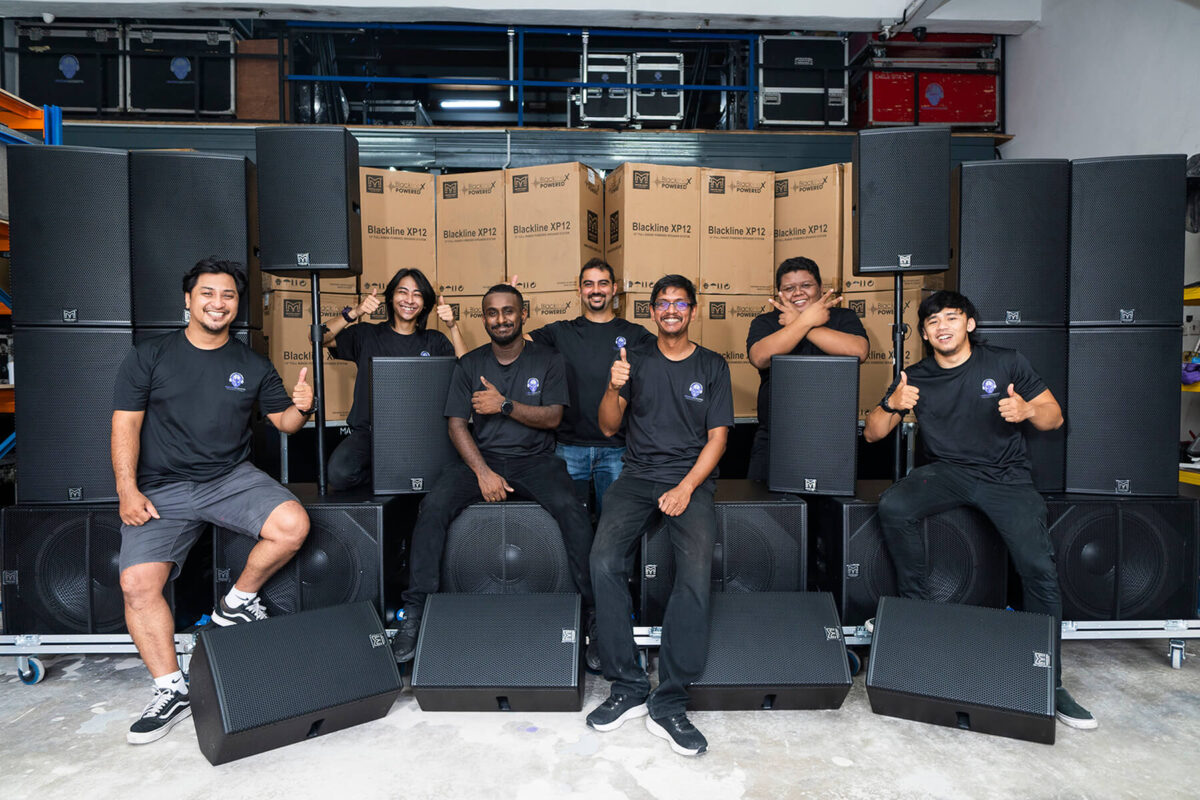
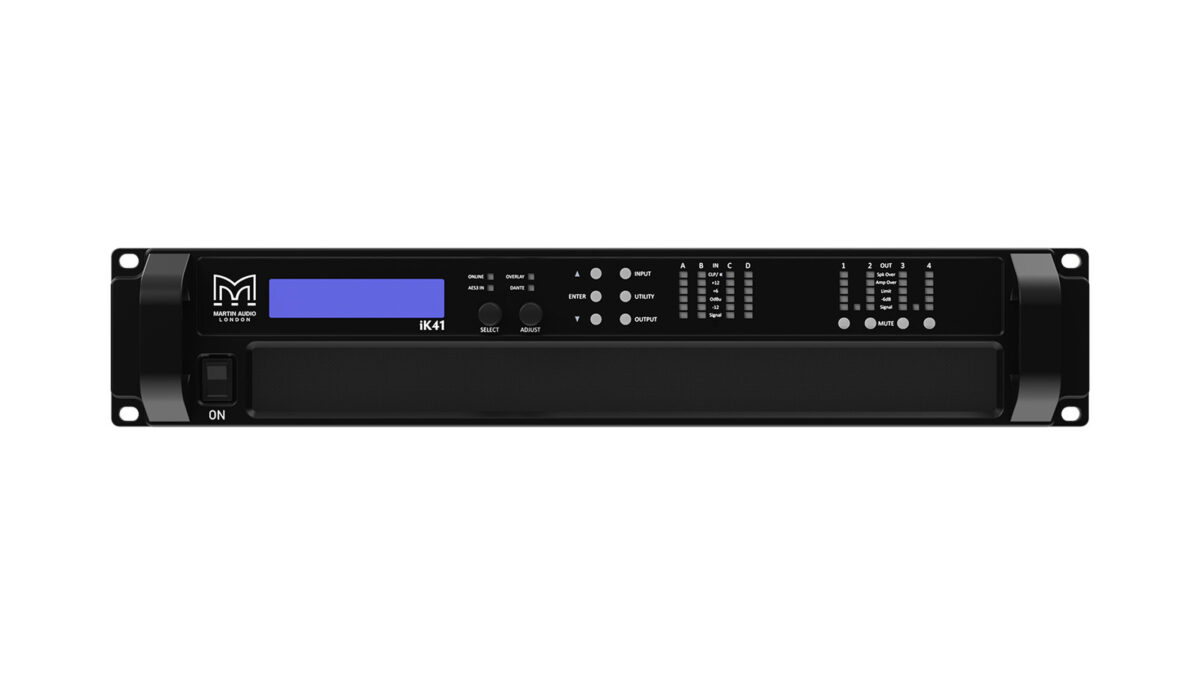

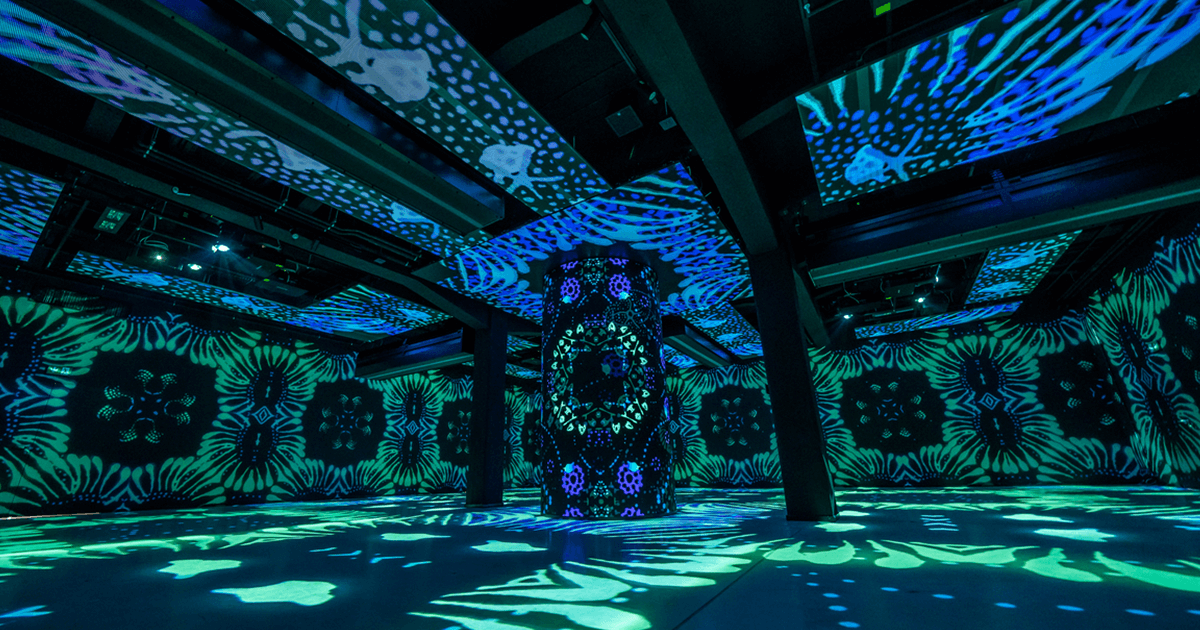
 Venue: Bieszczady Cultural Heritage Center| Bieszczady Mountains, Poland
Venue: Bieszczady Cultural Heritage Center| Bieszczady Mountains, Poland Integrators: Group AV
Integrators: Group AV Audio Spaces: Multi-room, Immersive Audio Experience
Audio Spaces: Multi-room, Immersive Audio Experience Product Used: Connect Series
Product Used: Connect Series 